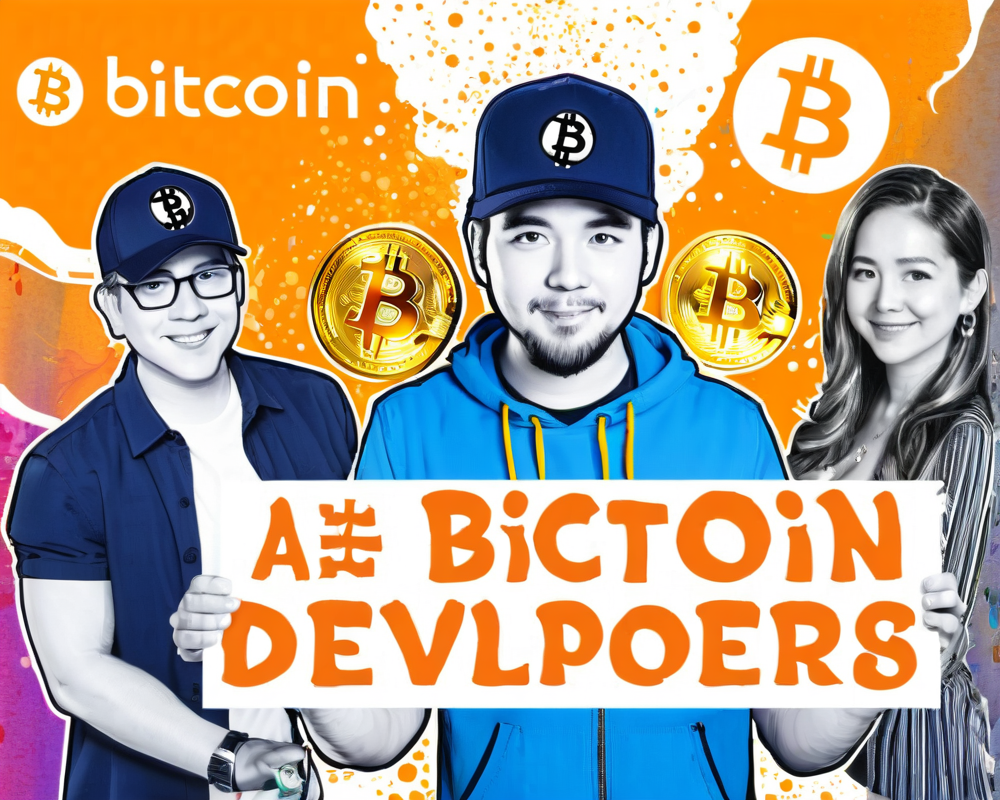The Unique Role of Bitcoin Core Developers
In the sprawling universe of cryptocurrency, Bitcoin Core developers can be likened to mythological creatures—hard to find, but crucial to the ecosystem’s stability. These developers don’t just write code; they are the custodians of Bitcoin’s future, akin to seasoned black belts in martial arts. Just picture this: if a typical Bitcoin Core developer holds a black belt, then Wladimir van der Laan himself is a third-degree black belt. His recent temporary hiatus has sparked discussions about the long-term impacts of developer roles in Bitcoin.
Insights from the Blockstream Dojo
To understand the weight of such an absence, we turned to the sage advice of Adam Back, a notable figure in the Bitcoin community and the mastermind behind Hashcash. Back reassured us that even in the worst-case scenario—like a comical plane crash involving all maintainers—Bitcoin wouldn’t short-circuit into oblivion. His words emphasized a critical takeaway: “A new GitHub can be created.” That’s right, just a click away from a fresh start.
What Most People Get Wrong
Back also pointed out a common misconception within the crypto community: the inflated sense of the Core developers’ powers. Many enthusiasts don’t quite grasp how limited their capabilities are. They are bound by strict guidelines—like a DJ who can only remix certain tracks without losing the beat. Back insists that any changes they propose must adhere to Bitcoin’s fundamental principles, such as finality and censorship resistance. If a developer tries to play remix DJ with those, they likely won’t find any dance partners in the broader economic ecosystem.
The Misadventures of On-Chain Governance
When it comes to governance, Back is vehemently opposed to on-chain mechanisms, arguing that they may pave the way for “centralized lobbying groups” to dominate Bitcoin. He sees this as a slippery slope already seen in proof-of-stake systems. It raises an eyebrow—can a system meant to combat centralization really end up becoming a war room for financial power plays?
Looking Beyond the Drama
Yet, in an ecosystem that revels in its decentralized charm, why do debates get so heated, sometimes leading to schisms like the infamous block size debate? According to Back, it’s not just a matter of passionate opinions colliding. Instead, it’s often companies and mining pools trying to thrust their agenda forward—think of it as players trying to change the rules in the middle of a sports game. Not cool, right?
Maintaining Integrity in a Fractured Environment
With that being said, Back believes that organizations like Blockstream strive to maintain neutrality in proposal discussions. The developers employed by Blockstream can walk away if they feel their integrity is compromised—essentially telling the company, “Thanks but no thanks, I’ll take my talents elsewhere.” Now, if only we could apply that logic to some of the internet’s more toxic comment sections.
Conclusion: Understanding Developer Dynamics
Ultimately, the complex dynamics among developers, organizations, and influence in the Bitcoin ecosystem are crucial to understand. As the blockchain frontier evolves, recognizing the boundaries of developer influence—and the potential pitfalls of governance—will help maintain Bitcoin’s decentralized spirit. Whether you’re a casual observer or a staunch advocate of the crypto revolution, one thing is clear: the stakes are high, and the discussions will only get livelier from here!




